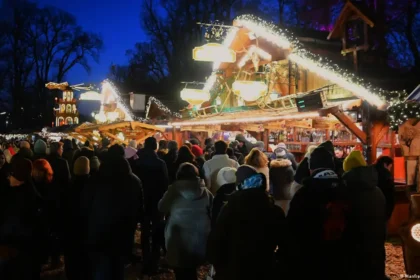Two physicists, John Hopfield and Geoffrey Hinton, were recognised by the Nobel Committee for Physics on Tuesday for their work modelling artificial neural networks (ANNs), which laid the groundwork for artificial intelligence (AIF). David Baker of the University of Washington in Seattle, Washington, and Demi Hassabis and John Jumper of Deep Mind at Google in London, Britain, were selected by the Nobel Committee for Chemistry on Wednesday to receive the 2024 Nobel Prize for Chemistry for developing artificial intelligence (AI) software, Rosetta by Baker and AlphaFold2 by Hassabis and Jumper, that can predict the protein structure of all the possible proteins—200 million so far—of all organisms, including humans.
AlphaFold2 generates three-dimensional models of every protein, whereas Baker’s Rosetta is based on protein patterns. To enhance protein structure prediction, Baker integrated AlphaFold 2 into RoseTTAFold, his Rosetta. The techniques of Baker, Hassibis, and Jumper accelerate the discovery of new proteins, which will aid in the development of drugs more quickly. There is a catch, though.
Although AlphaFold2 has proven to be correct or sufficiently accurate in most circumstances, it has been discovered that the AI product cannot forecast without the protein’s structure. In the human body, this occurs frequently. Distorted proteins cause cancer and other disorders. The earlier techniques must support the AI mode of protein structure prediction.
Also Read:
Namma Yatri of India Intends to Join the US Market
Factors to Watch Next Week: FIIs, Rate Cut, and Economic Data




